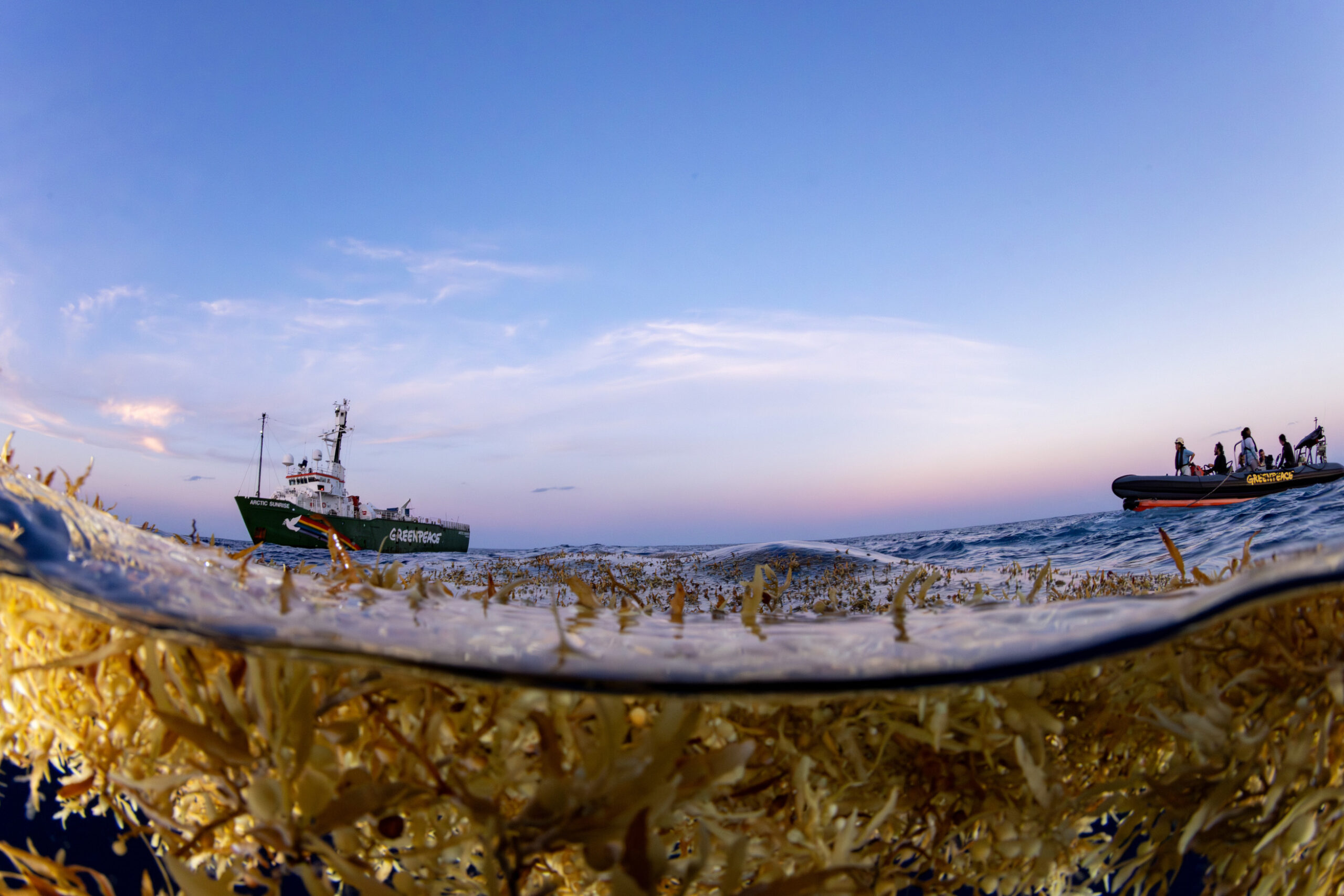
In 2024, Greenpeace spent three weeks on board the Arctic Sunrise exploring the mysterious Sargasso Sea in the West Atlantic. We found a one-of-a-kind ecosystem, teeming with life.
The Sargasso is famous for its sapphire waters and golden sargassum seaweed. But it’s also home to sea creatures that sail through the air, mammals that use sound as a weapon, and an extremely grumpy-looking frogfish.
Campaigners and scientists studied this hidden world by sampling tiny traces of DNA in the water, and used specialised microphones to record underwater noise. Here’s what we discovered.
A unique ecosystem
The research found unusual and threatened species in the Sargasso Sea, including elusive pygmy sperm whales. Many incredible animals depend on the Sargasso Sea for survival. Using advanced scientific techniques the team captured their DNA and vocalisations under water, discovered just how rich and vibrant this ocean area truly is, and why it urgently needs protection.
Tiny traces of life
Using environmental DNA (eDNA) sampling, scientists detected 40 different species – from spectacular flying fish at the surface, that can glide long distances through the air to avoid predators, to glowing lanternfish in the depths, rarely seen by humans but which play a major role in the global carbon cycle.
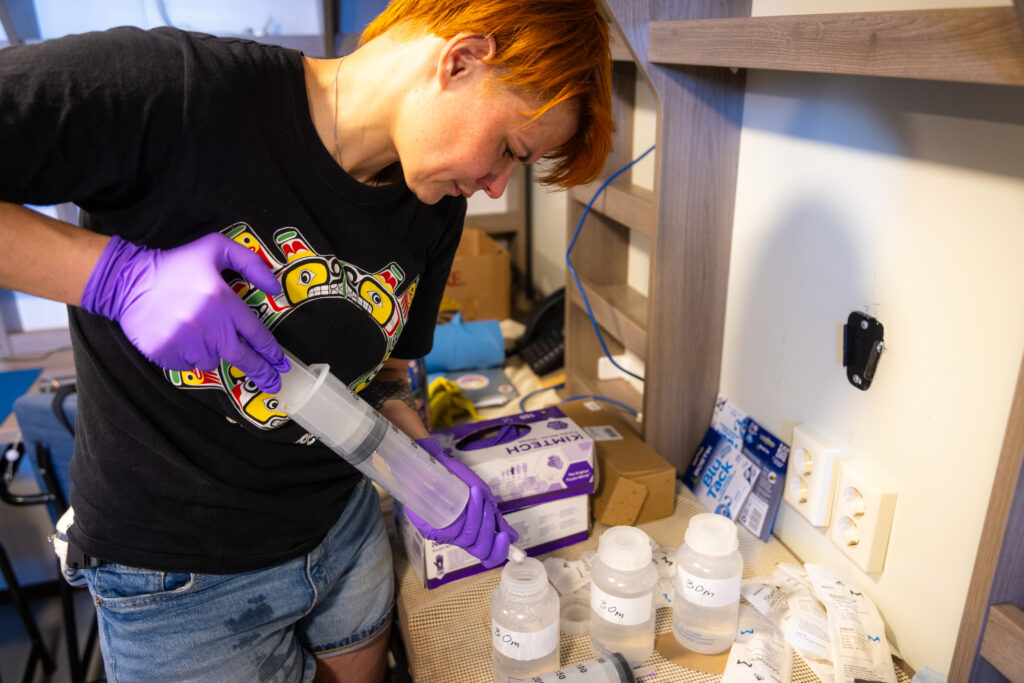
The team on the ship towed hydrophones (underwater microphones) in the water to record the calls of marine mammals, and these were later identified to belong to groups of dolphins and sperm whales.
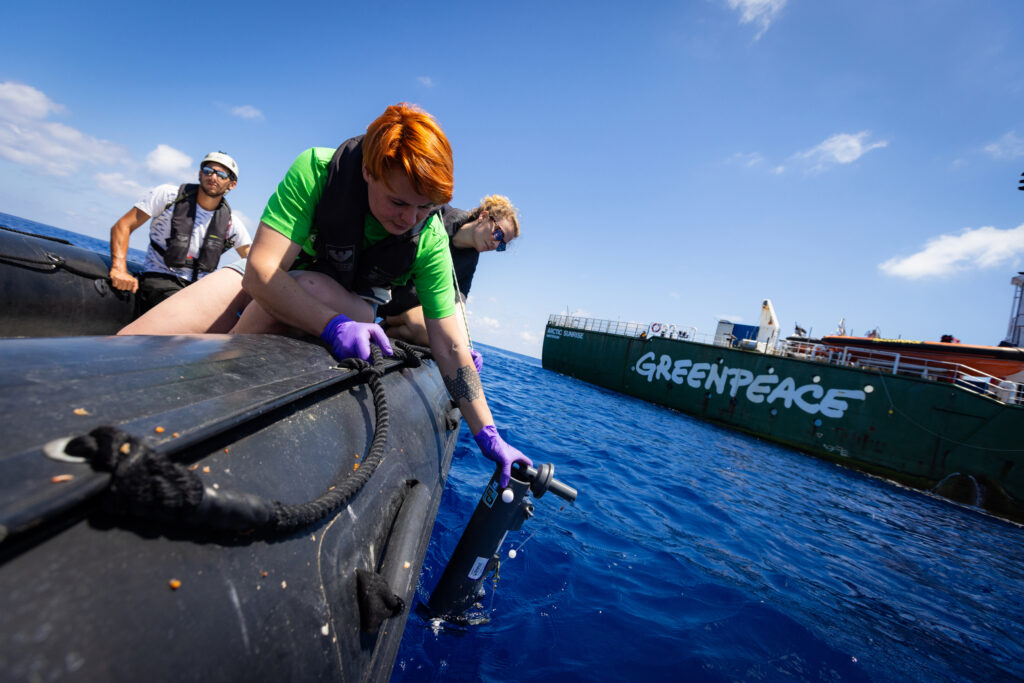
More than 30 fish species found
The scientists were able to match the eDNA to fish from 14 different families — including the unusual Sargassum frogfish.
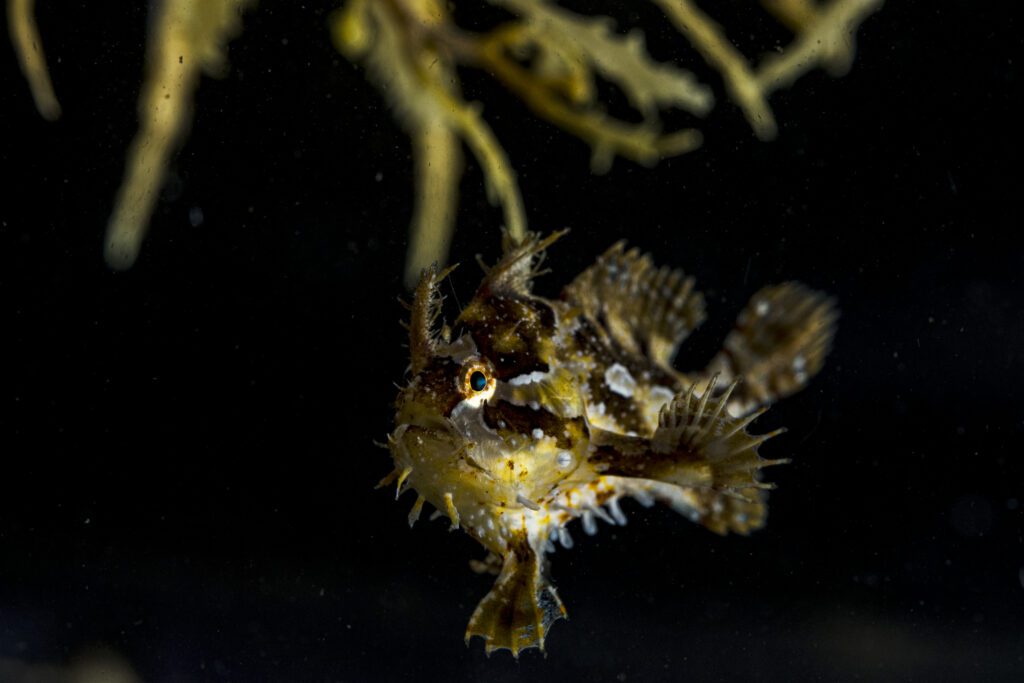
They also found a match with the amazing European eel, which travels thousands of miles from rivers and ponds in Europe. The eels go on an epic journey, even crossing fields and roads to get to the sea, then crossing the Atlantic to spawn in the Sargasso Sea.
Listening to the ocean’s story
The team on the Arctic Sunrise recorded eight unique underwater sound events – including calls that were later found to belong to the world’s biggest predator, the deep-diving sperm whale. These sounds reveal an ocean filled with life, including mammals that can communicate over vast distances, and even use sound as a weapon to stun prey.
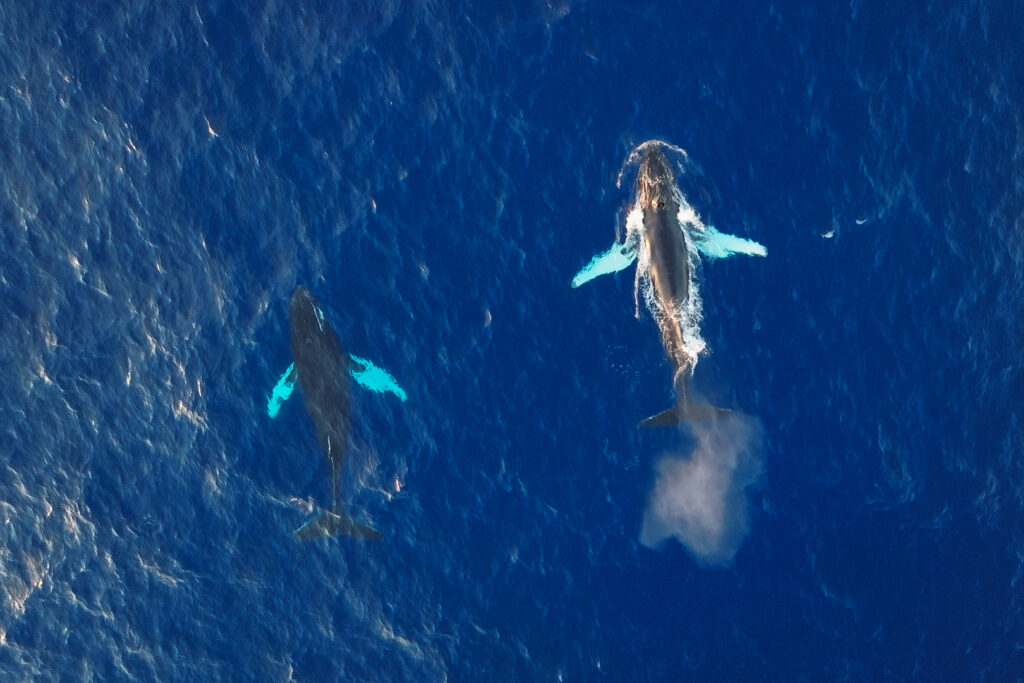
Thanks to tools like eDNA and acoustic surveys, we’re learning more than ever about ocean ecosystems – and how important it is to protect them.
Why we must protect the Sargasso Sea
The Sargasso Sea lies mostly in international waters, where there are few rules to prevent accelerating damage from destructive fishing, ocean pollution, and climate change.
The Global Ocean Treaty gives us a chance to protect areas like this forever. But the UK government has been far too slow to make the most of it.
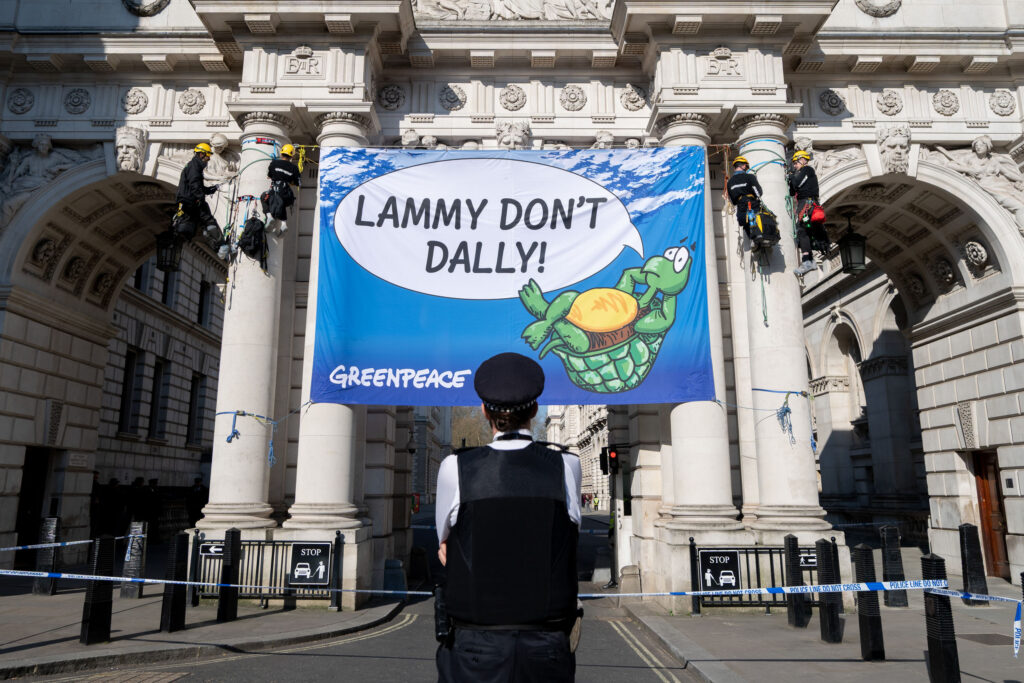
Greenpeace is calling on the UK government to sign the treaty into law immediately and to propose the Sargasso Sea as one of the world’s first high seas ocean sanctuaries.
How you can help
Watch the film: From the Sea We Came
This powerful documentary shares the voices of Bermudians whose lives, culture, and heritage are deeply tied to the Sargasso Sea. It’s a moving reminder of our shared responsibility to protect the wonders of the ocean for future generations.
Sign the open letter
If you haven’t already signed, add your name and help make the Sargasso Sea a safe haven for wildlife — now and for generations to come.